television
Learn about this topic in these articles:
Assorted References
- advertising
- In advertisement
…radio in the 1920s and television in the 1940s, and advertisements became more influential and complex, often based on the results of motivational research. In the second half of the 20th century, television was rivaled only by periodicals as the most popular medium for advertisements, which had so pervaded modern…
Read More
- In advertisement
- American Film Institute
- In American Film Institute: Origin of the American Film Institute
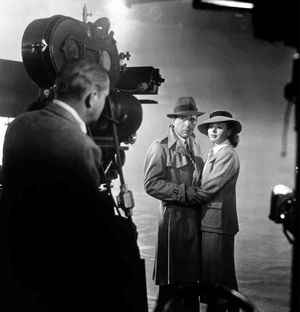
…the heritage of film and television and increasing the recognition and understanding of the moving image as an art form. One of the AFI’s first projects was an effort to locate and preserve 250 rare and historically significant American films. Since then the AFI has served as a national resource…
Read More
- broadcasting history
- In Television in the United States
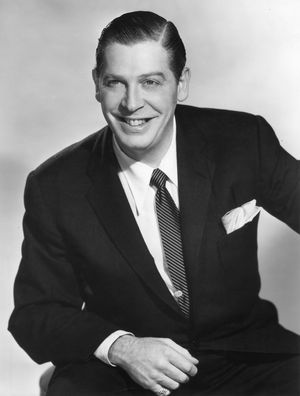
…United States, the body of television programming created and broadcast in the United States. American TV programs, like American popular culture in general in the 20th and early 21st centuries, have spread far beyond the boundaries of the United States and have had a pervasive influence on global popular culture.
Read More - In broadcasting: Television broadcasting
Through a series of technical developments in Great Britain, Europe, the Soviet Union, and the United States, television reached a state of technical feasibility by 1931. In that year a research group was established in Britain under Isaac (later Sir Isaac)…
Read More
- critique by Postman
- In Neil Postman
…critique of mass communication, especially television, with respect to its effects on the developing minds of children (see child development).
Read More
- In Neil Postman
- directing
- In film: Film directing
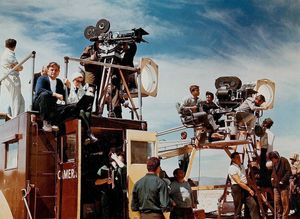
…in the age of the television industry. A conventional television series rotates directors episode after episode so that the producers, actors, and production crew, who work continuously on the show, have much greater control over the product. Each scene of a television program is typically filmed from three different camera…
Read More
- distance learning
- In distance learning: Technological aides to education
Instructional television courses began to be developed in the 1950s, first at the University of Iowa. By the 1970s community colleges all across the United States had created courses for broadcast on local television stations. Various experiments in computer-based education also began in the 1950s, such…
Read More
- In distance learning: Technological aides to education
- electrooptic materials
- In electronics: Flat-panel displays

…used as viewing devices for television sets, computers, and video and digital cameras.
Read More
- Emmy Awards
- In Emmy Award

…made for outstanding achievement in television in the United States. The name Emmy derives from Immy, a nickname for image orthicon, a camera tube used in television. The Emmy Award statuette consists of a winged woman, representing art, holding aloft an electron, representing science.
Read More
- guerrilla warfare
- In guerrilla warfare: Popular support

…since been supplemented by the television camera, which has been defined as “a weapon lying in the street, which either side can pick up and use—and is more powerful than any other.” Today images of guerrilla and counterguerrilla clashes are delivered in real time, via satellite television and the Internet,…
Read More
- makeup innovations
- In makeup
The arrival of television created new makeup problems. Light complexions looked ghostly, and dark complexions dirty. Street makeup on women either disappeared or looked dark or dowdy. Some of the colour makeup mixtures that had been developed for motion-picture makeup proved satisfactory, but others had to be modified.…
Read More
- In makeup
- media convergence
- In media convergence: Technological convergence

tablet computers, smart televisions, and other digital devices, billions of people are now able to access media content that was once tied to specific communications media (print and broadcast) or platforms (newspapers, magazines, radio, television, and cinema
Read More
- motion pictures
- In history of film: Decline of the Hollywood studios
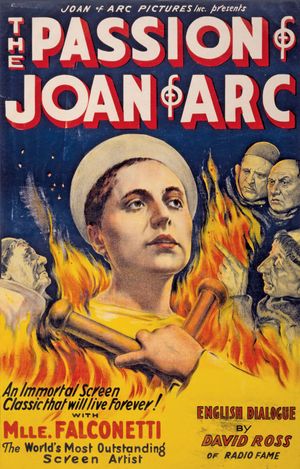
Finally, the advent of network television broadcasting in the 1940s provided Hollywood with its first real competition for American leisure time by offering consumers “movies in the home.”
Read More - In history of film: The threat of television

The film industry believed that the greatest threat to its continued success was posed by television, especially in light of the Paramount decrees. The studios seemed to be losing their control of the nation’s theaters at the same time that exhibitors were losing their…
Read More - In film: Newsreels and documentaries

Television deeply affected the development of the documentary film in two major ways: by providing a training ground for documentary directors and by building a supply of news film that could be adapted to documentary form. Point of Order (1964), an American documentary film that…
Read More
- music
- In incidental music
…motion picture and, second, of television, both mediums that rely heavily on fragmented music to aid in story development or in setting a mood. For example, Stanley Kubrick’s movie 2001: A Space Odyssey blended the opening bars of Richard Strauss’s symphonic poem Also sprach Zarathustra, Johann Strauss the Younger’s waltz…
Read More - In theatre music: Music for television
The screen medium’s first law, that the visual element must come first, has been intensified by television. On the home screen, the experience of music performed for its own sake customarily operates under a double disadvantage. First, it runs the risk of being swamped…
Read More
- In incidental music
- newscasts
- Open University
- In Open University

…conducted by various means, including television, correspondence, study groups, and residential courses or seminars held at centres scattered throughout Great Britain. The correspondence course, however, is the principal educational technique. Televised lectures and seminars merely supplement it.
Read More
- political campaigning
- In communication: Effects of mass communication
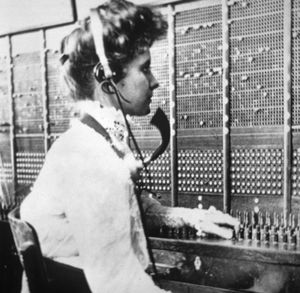
…have become sensitive to their television images and have devised much of their campaign strategy with the television audience in mind. Advertising agencies familiar with television techniques have been brought into the political arena to plan campaigns and develop their clients’ images. The effectiveness of television campaigning cannot yet be…
Read More
- popular art
- In popular art
…of reproduction or distribution as television, printing, photography, digital compact disc and tape recording, motion pictures, radio, and videocassettes. By the late 20th century, television (q.v.) had unquestionably become the dominant vehicle for popular art and entertainment. Motion pictures are also an important medium of popular art but, in contrast…
Read More
- In popular art
- propaganda role
- In propaganda: Signs, symbols, and media used in contemporary propaganda
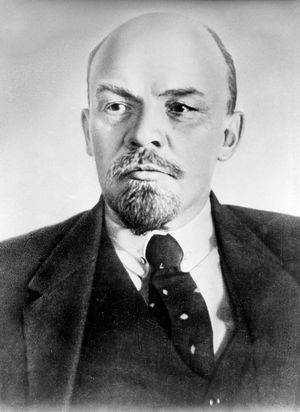
audiovisual media, the Internet and television may be the most powerful for many purposes. Both can convey a great many types of signs simultaneously; they can gain heavy impact from mutually reinforcing gestures, words, postures, and sounds and a background of symbolically significant leaders, celebrities, historic settings, architectures, flags, music,…
Read More
- public opinion
- In public opinion: Mass media and social media

Web sites, social media, radio, television, e-mail, and blogs are significant in affirming attitudes and opinions that are already established. The U.S. news media, having become more partisan in the first two decades of the 21st century, have focused conservative or liberal segments of the public on certain personalities and…
Read More
- publishing
- In history of publishing: Forms of copyright

Broadcast and television rights in books interest a publisher primarily for the possibility of bringing a book and its author to the attention of a large segment of the public, rather than for the amounts paid. As a rule, there must be direct quotation from the text…
Read More - In history of publishing: Nonprofessional types

When radio and television became popular, similar magazines sprang up centring on programs and their personalities. One of their functions was to provide a weekly timetable of programs.
Read More
- puppetry
- In puppetry: Puppetry in the contemporary world

And there is television. At first sight, television would seem an ideal medium for puppetry, and many puppet shows have in fact appeared on it, but initially the great possibilities that it seemed to offer were not fully realized. A straight transference of a puppet production to the…
Read More
- science fiction
- In science fiction: SF cinema and TV

In contrast to earlier decades, traditional science fiction of the late 1960s and early ’70s reached unprecedented popularity on television and in film. American SF television series, such as Star Trek (1966–69; founded by Gene Roddenberry), may have primed film producers and audiences alike…
Read More
- tap dance
- In tap dance: Television and Las Vegas

The introduction of television and the rise of Las Vegas, Nevada, as a popular tourist attraction saved tap dance from a slow death. Variety shows, which included tap dancers along with their other acts, were among the most popular programs in…
Read More
article on television in the United States
effect on
- American culture
- In United States: Television

If the Martian visitor beloved of anthropological storytelling were to visit the United States at the beginning of the 21st century, all of the art forms listed and enumerated here—painting and sculpture and literature, perhaps even motion pictures and popular music—would seem like tiny…
Read More
- Civil Rights Movement
- In Martin Luther King, Jr.: The Southern Christian Leadership Conference
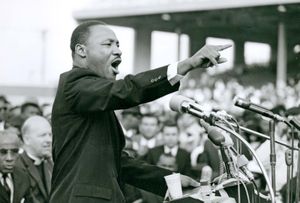
…budding medium of social change—television. He understood the power of television to nationalize and internationalize the struggle for civil rights, and his well-publicized tactics of active nonviolence (sit-ins, protest marches) aroused the devoted allegiance of many African Americans and liberal whites in all parts of the country, as well…
Read More
- Hollywood
- In Hollywood

…or turned them over to television show producers. With the growth of the television industry, Hollywood began to change, and by the early 1960s it had become the home of much of American network television entertainment.
Read More - In California: The arts

…a result of competition with television beginning after World War II. Those working in the movie industry found that millions of Americans were staying home, preferring to watch anything on television rather than go out to the motion-picture house. At about the same time, a series of court decisions judged…
Read More
work of
- Carson
- In Johnny Carson
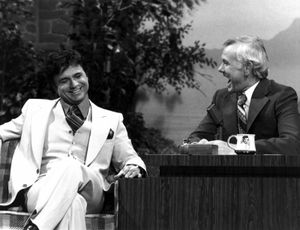
…shifting the power of the TV industry to Los Angeles. He created such memorable characters as Aunt Blabby and Carnac the Magnificent, as well as a large number of classic skits, and became one of the most beloved performers in the country. Carson won four Emmy Awards, was inducted into…
Read More
- Goodson
- In Mark Goodson
…was an American radio and television producer who helped develop many successful radio and television game shows, including the early television game show What’s My Line? (1950–67).
Read More
- In Mark Goodson
- Public Broadcasting Service
- In Public Broadcasting Service
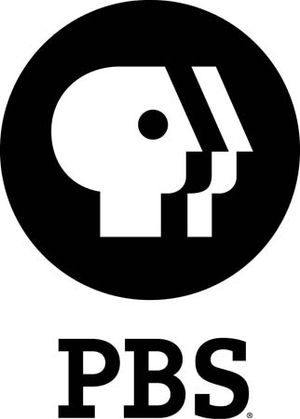
… whose members are the public television stations of the United States and its unincorporated territories. PBS provides its member stations with programming in cultural, educational, and scientific areas, in children’s fare, and in news and public affairs but does not itself produce programs; the programs are produced by the member…
Read More
- quiz shows
- In quiz show

American television adopted the quiz show in the early 1950s and further increased its popularity. In place of the merchandise awards that outstanding radio contestants received, television used large cash awards. An indication of the quantum increase was the escalation from one radio program’s highest prize,…
Read More
- violence
- In Albert Bandura: Testimony on the effects of televised violence

In the late 1960s, prompted by the media’s graphic coverage of the assassination of U.S. Sen. Robert F. Kennedy together with increased reports of children incurring serious injuries during attempted replications of dangerous behaviours depicted in television advertisements, the potential effects of television…
Read More
effect on
- Australian culture
- In Australia: The ascendance of Australian popular culture

The introduction of television in Australia in September 1956 provided a new cultural experience and resulted in a dramatic decline in cinema attendance. Television quickly became one of the most popular forms of entertainment and one of the most influential mediums in the country. The Australian government had…
Read More
- baseball
- In baseball: The postwar period

…Series and All-Star games; the television portion alone amounted to \$1 million a year, with a large proportion earmarked for the pension fund. Radio and television rights for regular-season games remained with each club. Later commissioners included Ford C. Frick (1951–65), William D. Eckert (1965–69), Bowie Kuhn (1969–84), Peter Ueberroth…
Read More - In baseball: Rise of the players

…source of revenue, however, was television. The combined revenue from network television in 1984 was \$90 million; one network purchased the rights to televise games in the 1990–93 seasons for \$1.1 billion.
Read More
- child development
- In effects of television viewing on child development
…duration of their exposure to television (TV) programming. The effects of television viewing on child development have aroused a range of reactions from researchers, parents, and politicians that has fueled a debate that extends back to the medium’s inception in the 1940s.
Read More
- In effects of television viewing on child development
- diplomacy
- In diplomacy: New styles of diplomacy
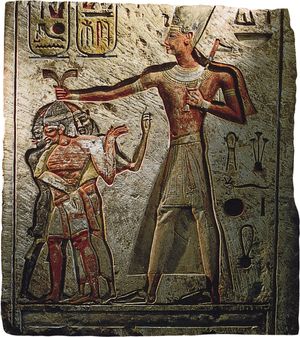
In cities, television became crucial, as images provided an immediacy that words alone could not convey. Statesmen lost no opportunity to be filmed, and ambassadors emerged from the shadows to appear on news programs or before legislative committees to expound their country’s policy. Mass demonstrations were staged…
Read More
- Hungarian culture
- In Hungary: Media and publishing

Television appeared only in the late 1950s but soon spread throughout the country. By the early 1980s almost every household had a television. During the communist period there were only two radio stations and two, state-run TV channels. In the decade following, however, the number…
Read More
- Indian culture
- In India: Media and publishing

Television was introduced experimentally by Akashvani in 1959, and regular broadcasting commenced in 1965. In 1976 it was made a separate service under the name Doordarshan, later changed to Doordarshan India (“Television India”). Television and educational programming are transmitted via the Indian National Satellite (INSAT)…
Read More
- Italian culture
- In Italy: Media and publishing

…published has declined, while commercial television and radio channels have mushroomed. The broadcasting sector is dominated by the three state channels of RAI and by three major commercial channels—Canale 5, Italia 1, and Rete 4. The latter three are owned by Fininvest, a multimedia company controlled by Silvio Berlusconi, who…
Read More
- local culture
- In cultural globalization: Entertainment

…of entertainment programming has globalized television’s impact and made it a logical target for accusations of cultural imperialism. Critics cite a 1999 anthropological study that linked the appearance of anorexia in Fiji to the popularity of American television programs, notably Melrose Place and Beverly Hills 90210. Both series featured slender…
Read More
- Soviet culture
- In Russia: Media and publishing
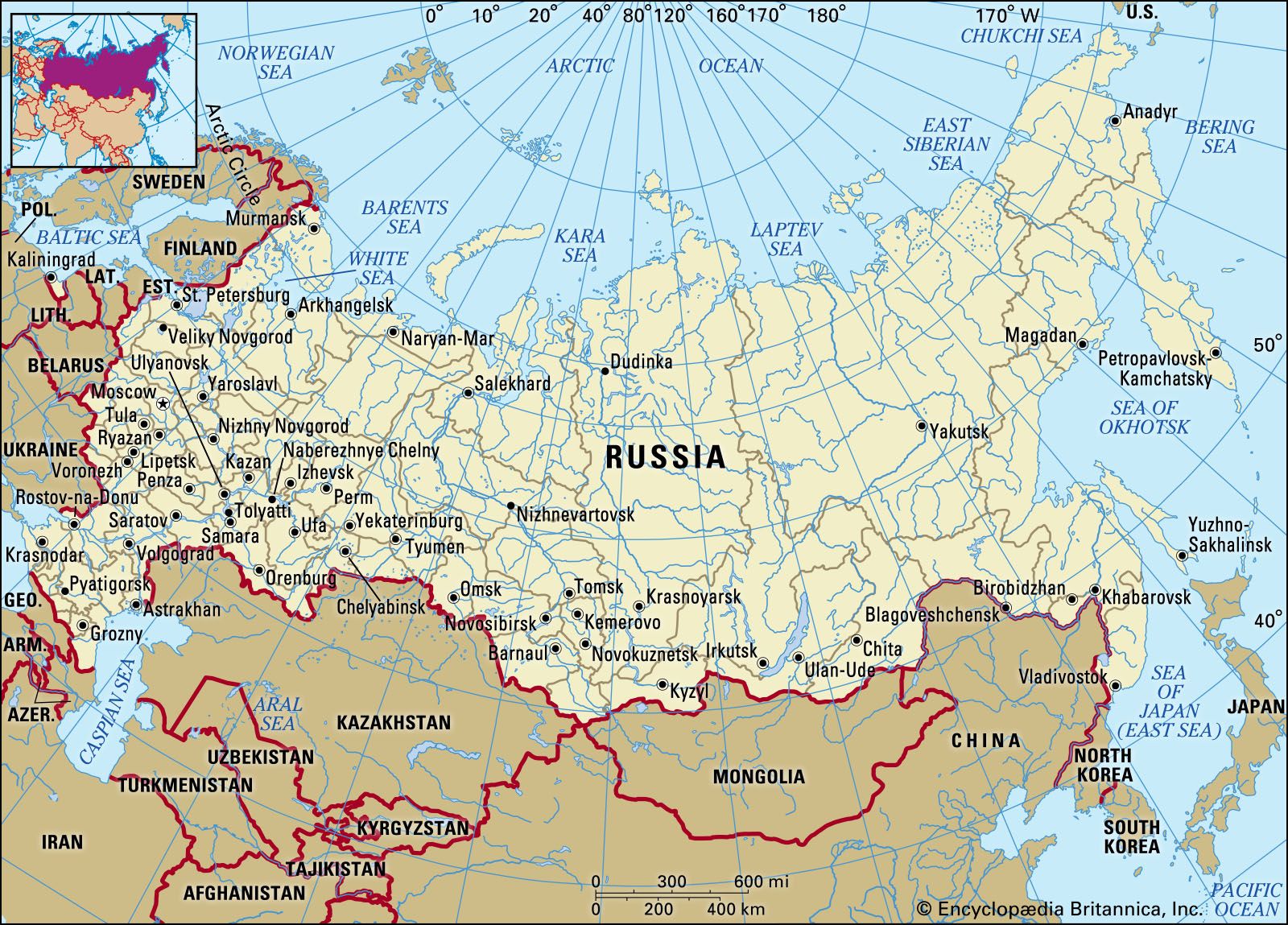
Radio and television from the time of their appearance in the Soviet Union were heavily dominated by the Communist Party apparatus and were seen as primary tools for propaganda. Until the mid-1980s most television programming consisted of either direct or indirect propaganda spiced with high art (e.g.,…
Read More
- Swiss culture
- In Switzerland: Media and publishing

…life has been influenced by television. Both television and radio are dominated by the private nonprofit Swiss Broadcasting Corporation (Société Suisse de Radiodiffusion et Télévision), which has three distinctive networks for the German (including Rhaeto-Romanic), French, and Italian parts of Switzerland. While representing their respective cultures, they include many programs…
Read More
- Thai culture
- In Thailand: Changing rural and urban lifestyles
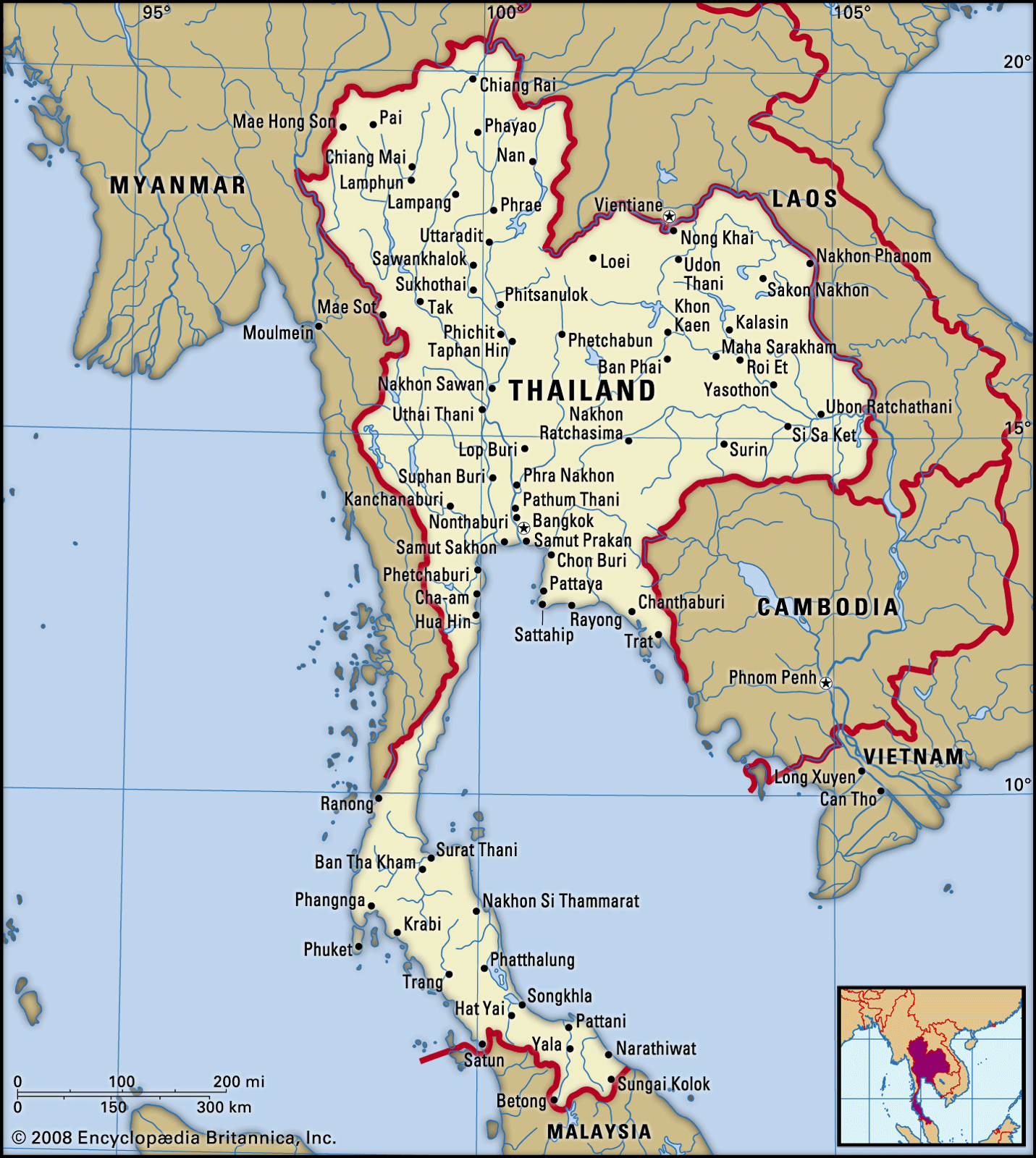
…for most households to purchase televisions and, increasingly, other electronic equipment. The arrival of television—and the urban-based culture that it offers—has drawn rural audiences away from older local forms of entertainment such as regional opera, even as rural opera of northeastern Thailand has in turn been repackaged for urban audiences.
Read More
literature
- drama
- In dramatic literature: The range of dramatic forms and styles
The media of radio and television both depend upon words in their drama to an extent that is not characteristic of the motion picture. Though these mass media have been dominated by commercial interests and other economic factors, they also have developed dramatic forms from the special nature of their…
Read More
- In dramatic literature: The range of dramatic forms and styles
- satire
- In satire: Motion pictures and television
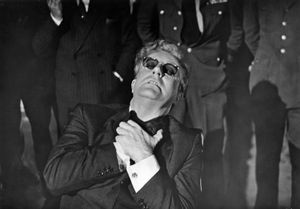
At about the same time, television was showing itself erratically receptive to satire. That Was the Week That Was, a weekly satirical review started in England in 1962, had remarkable success for a time but succumbed to a variety of pressures, some of them political; when a version of the…
Read More
SPECIAL FEATURE
- job description of a television advertising salesperson
- job description of a television producer
- job description of a television sports director
- list of television shows
sports coverage
- In sports: Photography, radio, and television

However evocative sportswriting might be, it lacks the immediate impact of a striking visual sports image. As newspapers have developed their design appeal, sports photography has enhanced the attractiveness of the sports pages and of general current-affairs magazines such as Time, Newsweek, Paris-Match, and…
Read More
- basketball
- In basketball: U.S. high school and college basketball

…college game’s growth more than television, however. The NCAA championship games were televised nationally from 1963, and by the 1980s all three major television networks were telecasting intersectional college games during the November-to-March season. Rights fees for these games soared from a few million dollars to well over \$50 million…
Read More
- boxing
- In boxing: Professional boxing
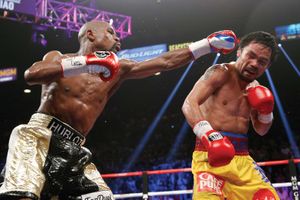
After World War II television took on an increasingly important role in professional boxing. Because of its popularity and relatively low production costs compared with other sports, professional boxing became a regular feature of network programming throughout much of the 1950s and early ’60s. The televising of boxing led…
Read More
- football
- In American football: The era of television
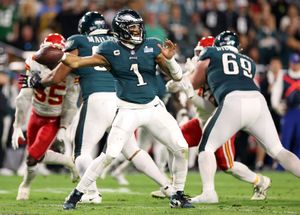
Together with the racial integration of the game at all levels, the coming of television in the 1950s marked a new era in the development of American football. The 1950s were a boom time for professional football but a bad time for the colleges,…
Read More
- Olympic Games
- In Rome 1960 Olympic Games
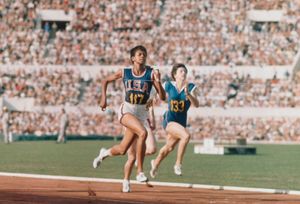
…to be fully covered by television. Taped footage of the Games was flown to New York City at the end of each day and broadcast on the CBS television network in the United States. Eurovision provided live television broadcasts throughout Europe. An Olympic Stadium, home to the opening and closing…
Read More - In Olympic Games: Rome, Italy, 1960

…to be fully covered by television. Taped footage of the Games was flown to New York City at the end of each day and broadcast on the CBS television network in the United States. Eurovision provided live television broadcasts throughout Europe. An Olympic Stadium, home to the opening and closing…
Read More - In Olympic Games: Cortina d’Ampezzo, Italy, 1956

An Italian television network carried live coverage of the Games—a first in the history of the Winter Olympics.
Read More - In Olympic Games: Berlin, Germany, 1936

The Games were televised for the first time, transmitted by closed circuit to specially equipped theaters in Berlin. The 1936 Games also introduced the torch relay by which the Olympic flame is transported from Greece.
Read More - In Cortina d’Ampezzo 1956 Olympic Winter Games
An Italian television network carried live coverage of the Games—a first in the history of the Winter Olympics.
Read More
- rugby
- In rugby: The modern era
In rugby league, television became crucial to the wider promotion of the game. In the late 1980s and ’90s the premier rugby league competition in Australia expanded from Sydney to include teams from other parts of Australia and then a team from New Zealand. In 1980 the State…
Read More
- In rugby: The modern era
work of
- Brown
- In George Harold Brown
…the development of radio and television broadcast antennas.
Read More
- In George Harold Brown
- Disney
- In Walt Disney: Major films and television productions
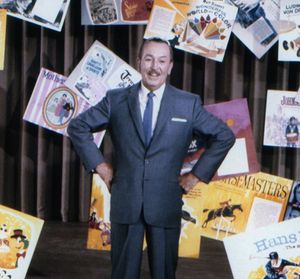
…to foresee the potential of television as a popular entertainment medium and to produce programs directly for it. The Zorro and Davy Crockett series were very popular with children, and a weekly showcase (known by several titles, including Walt Disney’s Wonderful World of Color) became a Sunday night fixture. The…
Read More
- Truffaut
- In François Truffaut: Early works
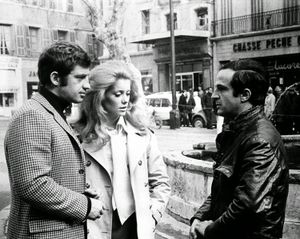
…visual flexibility of newly developed television equipment (e.g., the handheld camera) and techniques (e.g., extensive postsynchronization of dialogue). The minimization of costs encouraged producers to gamble on unknown talents, and the simplicity of means gave the director close control over every aspect of the creative process, hence Truffaut’s term auteur,…
Read More











